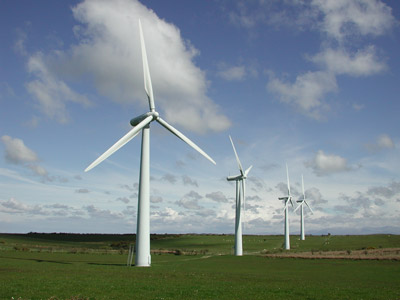- Written by Suja
- Hits: 4813
BIOLOGICAL BATTERY- Make-It-Yourself
An Experimental Battery Providing Electrical Power From Living Processes of the Fermentation Bacteria.
Very easy to be made of plastic PVC pipe pieces 50 mm in internal diameter and about 100 - 110 mm long.
Seal one end of 12 plastic pipes with the same plastic sheet material cutting round pieces corresponding with an outside pipe diameter. Finish the seal gluing with acetone-based glue or pure acetone. Form this way 12 battery cells. Each cell ought to produce about 0.5 Volt of direct current. Make am appropriate in size box to hold tightly whole the dozen of your battery cells. Form and fit into each cell two electrodes, cathode and anode. Best use old batteries’ carbon cores, zinc or copper rods or make them from thick wire. Connect these cells in sequential order to receive current of about 6 V / 40mA. To increase your power to 12 V/ 80mA make one more set. Connect it with the previous one in parallel. Finally, fill all cells with rice husks or crushed rice and top all this up with water to provide food for the bacteria that gives off power as the result of its living processes. It is totally harmless kind of bacteria, found in our food, especially marinated by natural processes, like marinated cucumbers, souerkraut, etc.
You can use also rye or its husks, wheat or other grains to experiment with. Biological battery cells with a food consisting of inorganic salts with bananas feeds for 24 hours electric appliances with a current of 3.7W (0.76V/4.92A).
Instead of bananas, vine grapes or some other sort of grapes, cucumbers, pumpkin, or other produce and fruits, can be used.
From Discover, Science, Technology and the Future


.jpg)